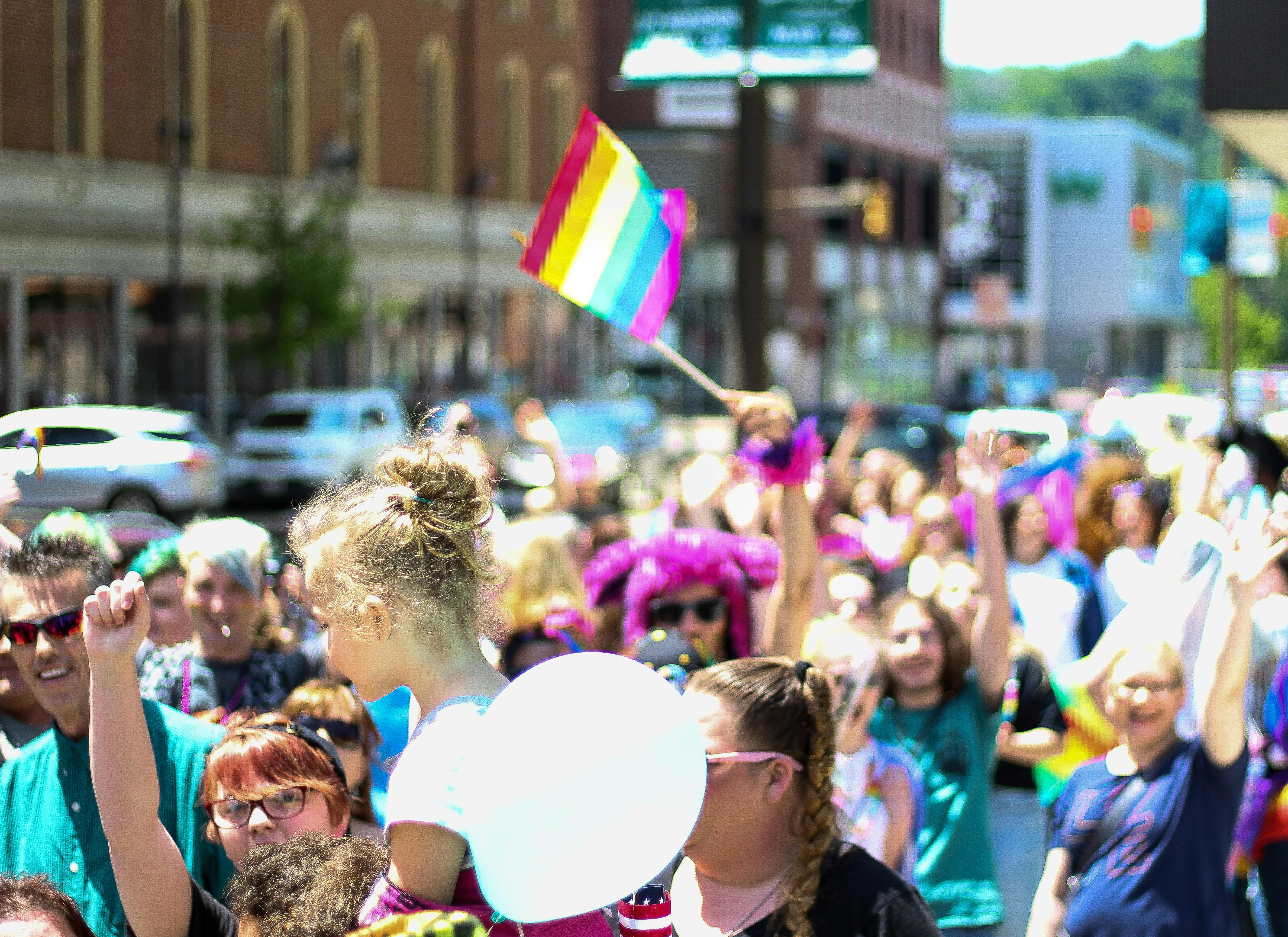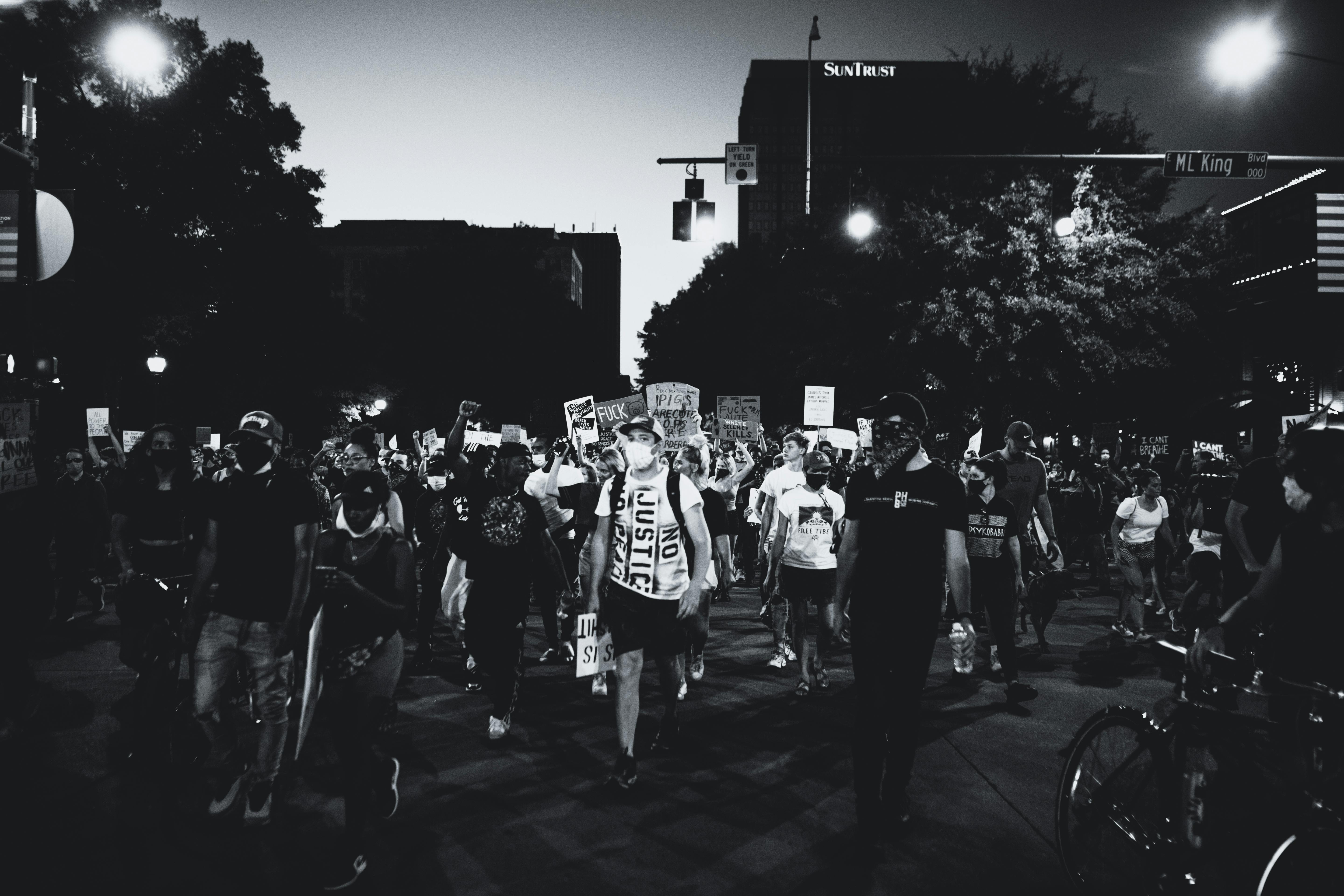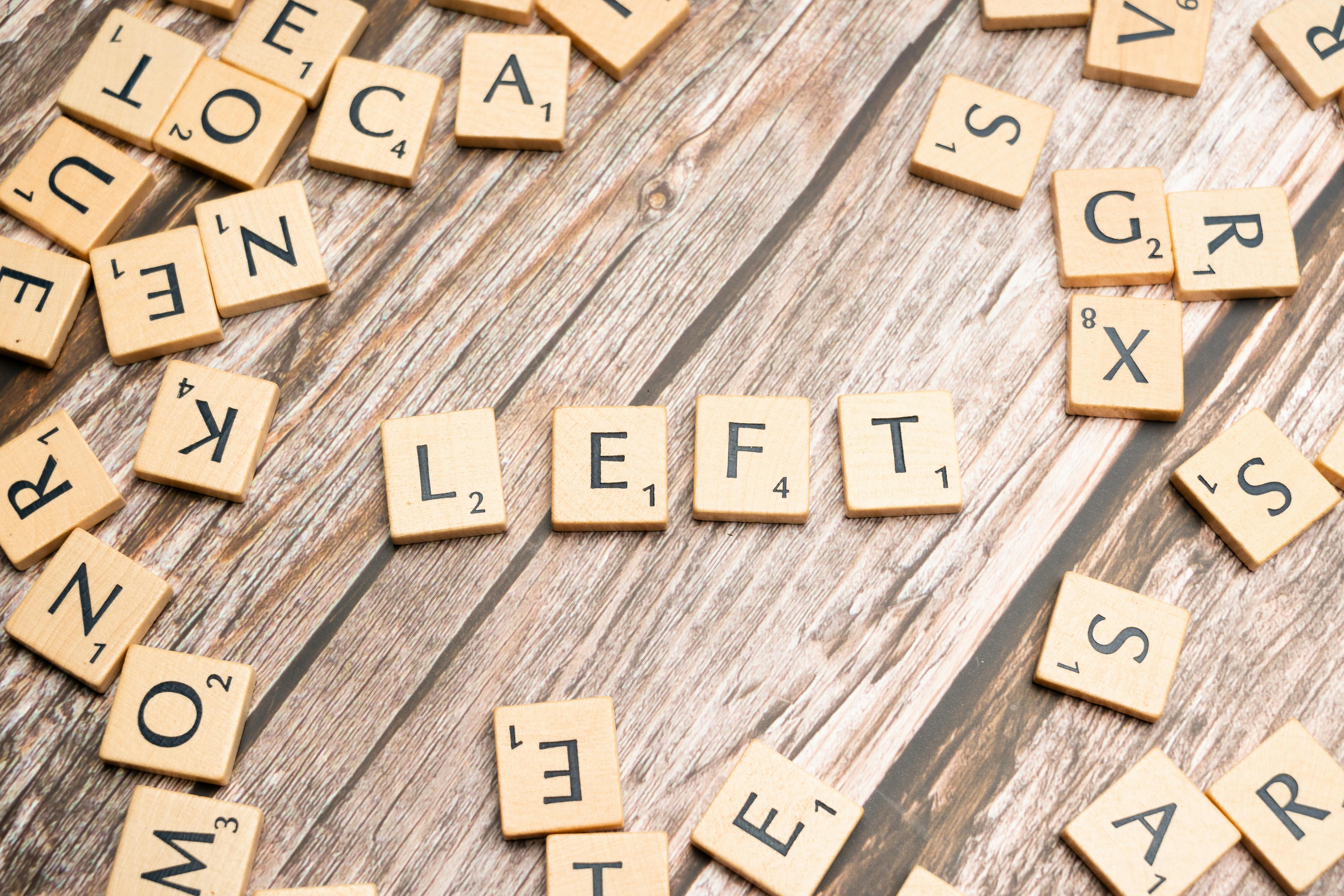The Democratic Party Ideology
A look at the core beliefs of one of America's two major political parties.

The Big Idea in 30 Seconds
- Center-left: The Democratic Party leans left, but not far-left. It supports change, but mostly through government programs, not sweeping revolutions.
- Modern Liberalism: Believes the government should help people get access to healthcare, education, and fair economic chances.
- Progressive Values: Stands for social justice—like equal rights for all races, genders, religions, and sexual orientations.
- Economic Fairness: Pushes for higher taxes on the wealthy, more regulations for big corporations, and stronger worker protections.
Understanding the Democratic Party's Political Ideology
The Democratic Party is one of the two major political parties in the United States. The other is the Republican Party. If you think of U.S. politics as a line from left (more government help, more change) to right (less government, more tradition), the Democratic Party sits on the center-left. That means it supports change—but not extreme change.
Modern Liberalism: Government as a Helper
The Democratic Party believes in modern liberalism. Don't confuse this with the classic meaning of "liberal." Modern liberalism in the U.S. means the government should help make life fairer for everyone. This doesn't mean the government controls everything. It means that rules and programs—like Social Security, Medicare, or free public school lunch—are tools to make sure people don't get left behind.
Think of it like a referee in a sports game. The government shouldn’t play the game for anyone—but it should make sure the rules are fair, and call out fouls when powerful players hurt others.

Progressive Values and Social Justice
Many Democrats call themselves progressives. Progressivism means pushing for social justice—equal rights and fair treatment for all people, regardless of race, gender, religion, or sexuality. This includes things like:
- Legal protections for LGBTQ+ people
- Stronger voting rights laws
- Police reform and criminal justice changes
- Fighting discrimination in schools and workplaces
This focus on justice and inclusion is one of the biggest differences between the Democratic and Republican parties. While Republicans often talk about preserving traditions, Democrats are more likely to push for reforms to improve equality.
Economic Equality: A Fairer Playing Field
The Democratic Party also believes that the economy should work for everyone—not just the wealthy. This includes:
- Raising the minimum wage
- Supporting labor unions
- Offering public options for healthcare (like the ACA or “Obamacare”)
- Increasing taxes on the super-rich and big corporations
Democrats argue that when the rich have too much control, it hurts the middle and working classes. They see policies like universal healthcare or student loan relief not as "handouts," but as ways to rebalance a tilted economic system.
Ezra Klein’s book Why We're Polarized explains how these ideas connect to identity and political division in America today. He shows how Democrats often draw support from groups that benefit from more inclusive and equal economic policies—like racial minorities, urban voters, and younger Americans.
What Does the Democratic Platform Say?
Every four years, the Democratic Party writes a document called the Democratic Platform. It's a summary of the party's goals and values. While not every Democrat agrees with every line, the platform gives a solid picture of what the party supports.
The most recent platform includes:
- Fighting climate change with clean energy jobs
- Expanding affordable healthcare
- Protecting voting rights
- Ensuring equal pay for women
- Making college more affordable
Heather Cox Richardson’s book The Democratic Party: A Biography walks through how these ideas have changed over time. From Civil War days to the modern Biden era, Democrats have shifted from a party of Southern farmers to a party now more centered in urban and multicultural America.
Joe Biden and the Party Today
The current president, Joe Biden, represents where the Democratic Party’s ideology is today. Biden doesn't support radical overhauls of the system. Instead, he focuses on practical reforms: building roads and internet access, making healthcare more affordable, and strengthening alliances abroad.
Biden's approach is a good example of “center-left” leadership. He’s progressive on many issues, but not as far left as some members of his party, like Bernie Sanders or Alexandria Ocasio-Cortez. The Democratic Party right now includes both moderate liberals and more left-leaning progressives—but they generally agree on big goals, like combating income inequality and climate change.

Democrats vs. Republicans: Key Differences
To understand the Democratic Party, it helps to see how it compares to the Republican Party, its main opponent.
| Issue | Democratic Party | Republican Party |
|---|---|---|
| Healthcare | More government help (like public options). | Private market, less government. |
| Taxes | Higher taxes on rich to fund programs. | Lower taxes, especially for the wealthy. |
| Social Issues | Supports LGBTQ+ rights, racial justice. | More traditional views. |
| Climate Change | Strong action and green energy jobs. | Less focus, or skeptical of regulations. |
The Roots of Democratic Ideas
Where do these ideas come from? Many are shaped by the people the party represents. Robert Wuthnow’s book The Left Behind explores how different regions—especially rural vs. urban—experience American life differently. Democrats often get their support from cities and diverse communities, while Republicans often win in smaller towns and rural areas.
Final Thoughts
The Democratic Party’s political ideology is shaped by modern liberalism, progressive values, and ideas about fairness. It believes government can be a force for good—helping people live better, freer, and fairer lives. Though the party is not perfect and doesn't always agree internally, most Democrats support policies that push America slowly toward economic equality and social justice.
If you want to think about it simply: Democrats believe change should come from within the system, not outside it—and that a fair society means lifting everyone up, especially those who’ve been held back.
Find your place on the spectrum.
Now that you know the basics of the Democratic platform, see how your own views align.
Take the Free Political Test